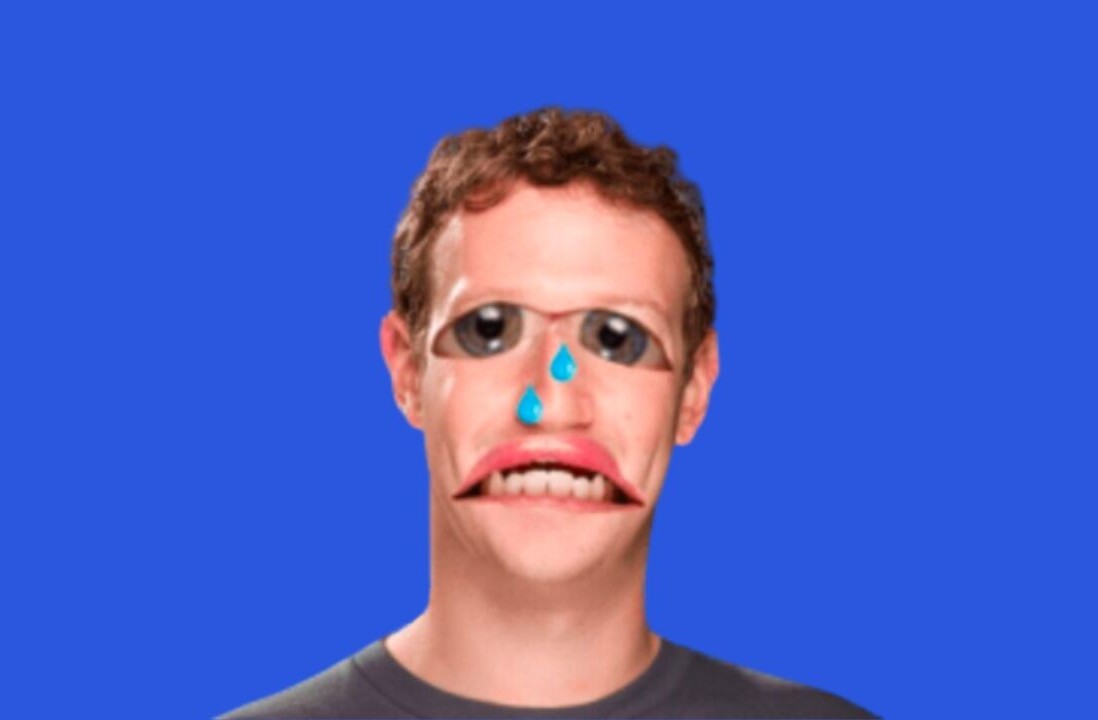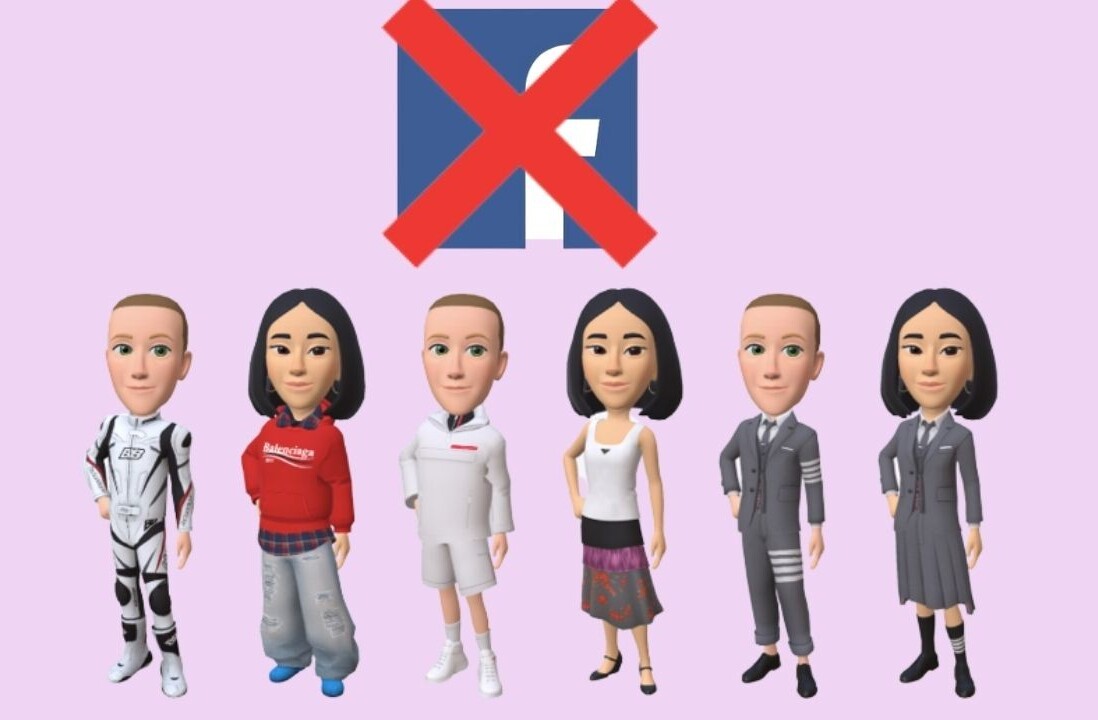
Facebook traffic and engagement is way down for so many small to medium size publishers… and some bigger ones too. And the whole video thing is nuts.
In my opinion, Facebook has and still is creating a fake ‘demand’ for video. Video only looks so popular because Facebook’s algorithm is making it that way. I believe it intentionally prioritises and shows us all more and more video so there is a corresponding meteoric rise in video views.
It’s not so much people demanding or liking videos more now than ever before, it’s Facebook forcing it upon people in their news feed, which has led to publishers feeling obliged and under pressure to produce more of it. And at a very high price.
When Facebook changes its strategy or achieves its aims from doing this, it could (and probably will) just as easily reverse the ‘demand’ for or ‘popularity’ of video. This will leave publishers without deep pockets and an agile setup in a difficult spot.
I feel for the many social media managers out there scratching their heads wondering what they did wrong as they watch social traffic seemingly disappear, and their KPIs tumbling month on month. It must be stressful, depressing, and worrying.
Those publishers without the tools and resources to serve Facebook’s current video strategy are going to struggle. Some publishers will no doubt plough cash into paid social to boost posts more and more often in a desperate attempt to fill the void of the evaporating organic reach they once were gifted by Facebook. I’m not sure this is a sustainable solution for many.
I fear it’s going to be a bleak and harsh winter of Facebook media publishing discontent in 2017.
UPDATE I (14 October)
Facebook’s Head of News Feed Adam Mosseri responded to the views in this post via Twitter:
We don’t actually boost video, we try and connect people w/ what matters to them. Boosting is bad business as people would use FB less.
— Adam Mosseri (@mosseri) October 14, 2017
UPDATE II (14 October)
Following the publication of this post, Facebook’s Head of News Feed Adam Mosseri and I spoke at length about the points I made in a private Twitter Direct Message conversation.
Adam has kindly agreed to letting me share the entire unedited conversation here for you all to read.
Adam:
Curious why you think we boost video — you just seeing more in your News Feed than you want? Because we do make mistakes, ranking is not perfect by any measure.Me:
My comment you refer to (which I wrote up into a short article) is an opinion piece. It’s a case of me joining the dots and pulling things together to form a judgement as to what is going on.Video has been around for many years and the ability for publishers or anyone wishing to create video as a format for content is not new. Suddenly, in the past year, the volume of video in news feed vs other formats has rocketed.
Meanwhile, Facebook has been working on its ‘Watch’ feature which is a going to be a new way for many people to consume longer form video content.
Strategically, there is a business benefit for Facebook in adapting user behaviour to consume content via video and inside Facebook versus text based formats help users make the progression to using Watch.
Also, video content is more sticky. Users will spend longer on Facebook watching longer form video than reading an article. Something Facebook would clearly find desirable.
Also, native video vs videos or articles outside Facebook is another benefit for Facebook. It stops users leaving the platform to consume content. Having users spend more time inside Facebook means greater revenue for FB for all sorts of reasons.
Another factor is that longer form video e.g TV shows (‘Watch’) helps Facebook build a huge money making stream for in-show ads. Taking money away from TV advertising. An area FB has yet to fully exploit.
All of this drives me to think FB is artificially creating a demand for video for their benefits. Rather than it being a sudden spontaneous and organic growth in demand for video. If people see video more in their news feed, they will consume more. If they consume more, publishers will feel obliged to create more. And so the cycle begins.
One of the losers in this scenario in the longer term are the publishers as video is expensive and the ‘demand’ for video could easily change when FB changes its strategy. We’ve seen this behaviour by FB before. Hence my opinion piece about the challenge and frustration for the industry and professionals in it.
Other factors such as Facebook actually paying publishers and influencers to produce video and the news partnership teams nudging publishers to produce more video also add to my point.
Furthermore, video views are defined / counted when someone watches only 3 seconds of video. With autoplay video on by default, I and most other users will dwell in a video in News Feed for that long to be able to tell if a video is of interest. 3 seconds out of say even only a 1 minute long video does not suggest to me they were interested and engaged enough to truly count that as a view. But still, it is and then a view count on many videos that have millions of views can be a misrepresentation of who watched a fair chunk of the video.
Combining all this together and a few other things I have not gone into here, makes me believe Facebook is engineering a so called demand for more video by users. A subtle tweak of news feed to slowly increase the volume of video users consume would be a smart business decision if done in a sophisticated and smart way.
Don’t get me wrong, I admire the elegance of the strategy and it makes total sense. But there are also losers in the game as I highlighted.
Facebook is full of smart people looking to grow Facebook as a business. Engineering increased consumption of video through a multi-faceted approach is a logical stepping stone that supports a greater longer term goal.
Adam:
To be clear, we’re doing what we can to make sure the video experience on Facebook is compelling, it’s in our interest to rank video better, build a Watch tab, etc. as the more we can connect people to video they’re interested in they more they’ll use our platform the same way the more we can connect people to articles or photos they’re interested the more they’ll use our platform. But that’s different than ‘tweaking the algorithm’ to boost video, which would decrease, not increase engagement.Showing people more video if they aren’t interested would be bad for the platform. We consistently see when ranking shows people less interesting things they use the platform less, across all media types. Which is why we, on News Feed, spend most of our energy trying to work out how to better show people stories, video or otherwise, that they are interested in.
It sounds like the core thing you doubt is that people are interested in watching video. I think a really interesting point to the contrary is the Reliance Jio carrier in India. If you’re not familiar with them they’re a new cell carrier in India that made data available for free for people for six months, and then extended it to I believe nine months. This created a price war between Indian carriers which made data more affordable across the whole market. People are using the internet way more as a result, and Facebook more, but video consumption in India has grown much faster than overall Facebook engagement in India, which is a strong signal that cost was a barrier to entry and people’s interest in video is super high.
Backing up though it sounds like you believe that making News Feed less interesting by boosting video would be good for our business. I can honestly tell you that every time we seen ranking regress (bugs, outages, bad ideas, etc.) we see people use Facebook less, not more.
Me:
Small and subtle tweaks to serve people content that are interested in but with a heavier weighting to see it in video format is what I’m suggesting.Yes, showing people things they don’t care about would be a bad move. But showing people things they love but with a little nudge towards video would make sense from a business perspective. And it is hard to deny how video as a format gives Facebook so many more opportunities and the potential for greater revenue long term. As well as knock out/defeat big incumbents in industries Facebook could enter such as the ones the likes of Netflix and TV networks are in. Hence why making video popular as a format inside Facebook is a smart business move, if done carefully and gradually.
That’s what I’m suggesting. But hey. It’s all hypothetical and only my opinion.
Adam:
I hear you, just think a ‘nudge’ towards a less interesting News Feed is still a less interesting News Feed. So instead we try and get better at ranking video — which by the way we’re not great at.It’s better business to get better at understanding what kind of video people are interested in and ranking better, which in turn means more engagement, than to boost, which would mean less engagement.
What do you make of the points I raised in our private chat? And what do you think about the answers Facebook’s Adam Mosseri responded with?
Get the TNW newsletter
Get the most important tech news in your inbox each week.





